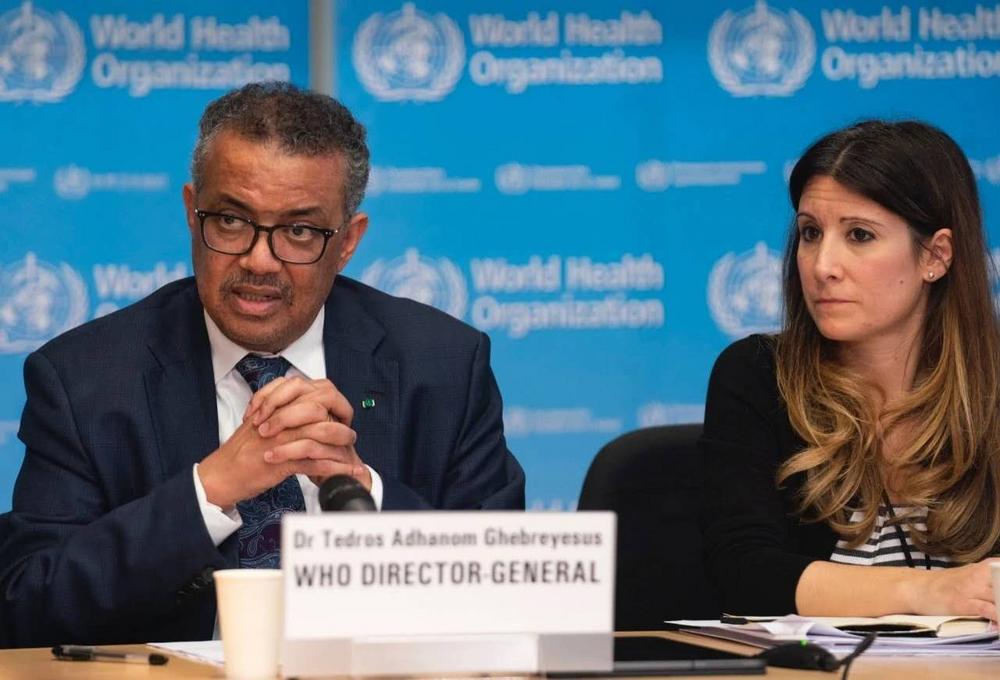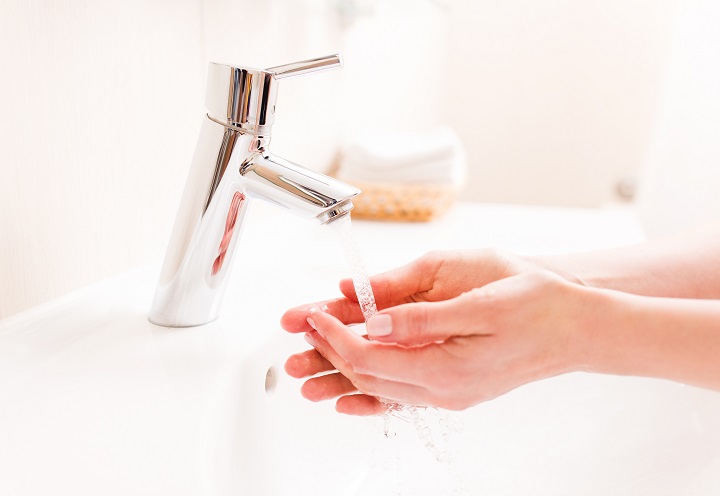How to manage patients with suspected novel coronavirus (nCoV) infection presenting with mild symptoms, and asymptomatic people with a clear history of exposure? The World Health Organization (WHO) provides some suggestions, and here are the recommendations based on these data.
Since the proportion of severe cases infected with 2019-nCoV is not very high, mortality is also lower than SARS, and no effective medicine is identified, suspected patients with mild symptoms or asymptomatic contacts do not require hospitalization during the time when medical resources are tight, especially in Wuhan, self-quarantine and self-observation may be feasible.
In view of the transmission patterns of 2019-nCoV, WHO recommends that suspected cases of 2019-nCoV infection should be isolated and monitored in a hospital setting. This would ensure both safety and quality of health care and public health security. However, for several possible reasons,including situations when inpatient care is unavailable or unsafe (i.e. limited capacity and resources unable to meet demand for health care services), or in a case of informed refusal ofhospitalization, alternative settings for health care provision may need to be considered.
Who needs to self-isolate?
If you are in good health, have no cardiopulmonary diseases, renal insufficiency, immunosuppression or tumor or any other underlying disease, you don't need to worry too much if you have fever, and you can remain at ohme for self-observation. They are also applicable to patients no longer requiringhospitalization.
Highlights: In the past, only healthy people can remain at home for self-quarantine and self-observation.
The author believes that people died of 2019-nCoV are mainly elderly patients, so if you are over 65 years old, you'd better seek medical advice in a timely manner.
What are the requirements for self-quarantine?
- It is better to have a medical worker to provide the patient with consultation and monitoring during she/he remaining at home for self-quarantine and self-observation, until she/he recover. Telephone care is needed on a daily basis, in case patients’ symptoms worsen.
- If a patient need to remain at home for self-quarantine and self-observation, other household members need receive personal sterility training to control the spread of infection, and to provide the patient with safe care.
What are sterility considerations for home isolation?
1. Patient should stay in a separate room with good ventilation.
2. No visitors.
3. Limit the number of caretakers of the patient, ideally assign one person who is in a good health without risk conditions.
4. Household members should stay in a different room or, if that is not possible, maintain a distance of at least 1 m from the patient. Sleep in a separate bed.
5. Limit the movement of the patient and minimize shared space. Ensure that shared spaces (e.g. kitchen, bathroom) are well ventilated (e.g. keep windows open).
6. The caregiver should wear a mask fitted tightly to the face when in the same room with the paitent. The paitent should also wear a mask. If the mask gets wet or dirty, it must be changed immediately. Discard the mask after use and perform hand hygiene after removal of the mask.
7. When to perform hand hygiene?
Perform hand hygiene following all contact with the patient or after entering his/her room. Hand hygiene should also be performed before and after preparing food,before eating, after using the toilet, and whenever hands look dirty.
If hands are not visibly soiled, alcohol-based hand rub can be used.

Perform hand hygiene using soap and flowing water when hands are visibly soiled.
Note: Keep away from fire when using alcohol-based disinfectants indoors. After using soap and flowing water, disposable paper towels to dry hands is desirable.
8. Respiratory hygiene should be practiced by all members. Cover the mouth and nose during coughing or sneezing using medical masks, face masks or tissues, followed by hand hygiene.
9. Discard materials used to cover the mouth or nose or clean them appropriately after use (e.g. wash handkerchiefs using regular soap).
10. Avoid direct contact with body fluids, particularly oral or respiratory secretions, and stool. Use disposable gloves to provide oral or respiratory care and when handling stool, urine and waste. Perform hand hygiene after removing gloves.
11. How to deal with polluted articles? Gloves, tissues, masks and other wastes that have come in contact with the patient should be placed in a garbage bag dedicated to the patient's room and marked as polluted articles before being discarded.
12. What can share with the patient as household members? Do not share anything that may result in infection, including public toothbrushes, tobacco, food, drinks, towels, clothing, and bed linens. Eating utensilsand dishes should not be reused until it has been soaped and disinfected.
13. How to disinfect rooms?
- Dinning tables, bed tables, and bedroom furniture: Clean them with a diluted disinfectant (1% disinfectant + 99% water) on a daily basis.
- Washstand tables: Clean them with a diluted disinfectant (1% disinfectant + 99% water) at least once a day.
- Wash the patient's sheets, quilt covers and clothing with water at 60-90 °C and then dry them thoroughly.
Note: Use disposable gloves and protective clothing (e.g. plastic aprons) when cleaning or handling surfaces, clothing or linen soiled with body fluids. Discard gloves and perform hand hygiene immediately after removing them.
When to terminate the isolation?
Symptoms disappeared at least 7 days (the longer, the safer) and/or the results of two RT-PCR (real-time reverse transcription polymerase chain reaction) tests at 24 hour intervals were negative.
What about contacts?
Who should be considered as contacts?
All household members should be closely monitored as contacts.
Once household members have symptoms of acute respiratory infections, including fever, cough, sore throat, and dyspnea, the following recommendations must be followed.
What to do with contacts?
- All contacts should monitor their health for 14 days from the last day of contacting with the patient. And seek immediate medical attention if they develop any symptoms, particularly respiratory symptoms such as fever, coughing, pharyngalgia, shortness of breath, or diarrhea.
- Keep in contact with medical staff throughout the process so that they can provide advice and monitoring.
- How to get there if you need to go to the hospital for medical treatment? Avoid public transportation if possible; call an ambulance or drive a car. Keep the windows open to maintain the car well-ventilated.
- Once a contact person becomes sick, please wear a mask and keep more than 1 m away from other people (Such way is also applicable to vehicle or medical institutions).
- Appropriate hand hygiene should be employed by all contacts and medical staff.
- Any part of the vehicle that is contaminated with respiratory secretions or body fluids should be disinfected in time (1% bleach + 99% water).
The author believes that several symptoms should be concerned. Once one of the following conditions occurs, immediately stop home isolation and seek medical attention in time:
- Dyspnea (including chest distress, and shortness of breath after exercise)
- Problems with consciousness (including lethargy, deliriousness, inability to distinguish between day and night)
- Diarrhoea
- High fever over 39 ℃
(The above suggestions are shared by Tencent Medpedia upon the authorization of a WeChat official account called PUMCH Pneumology)